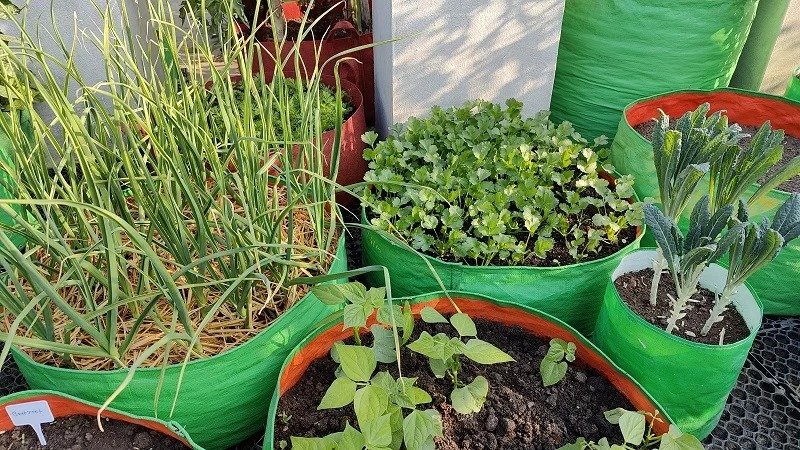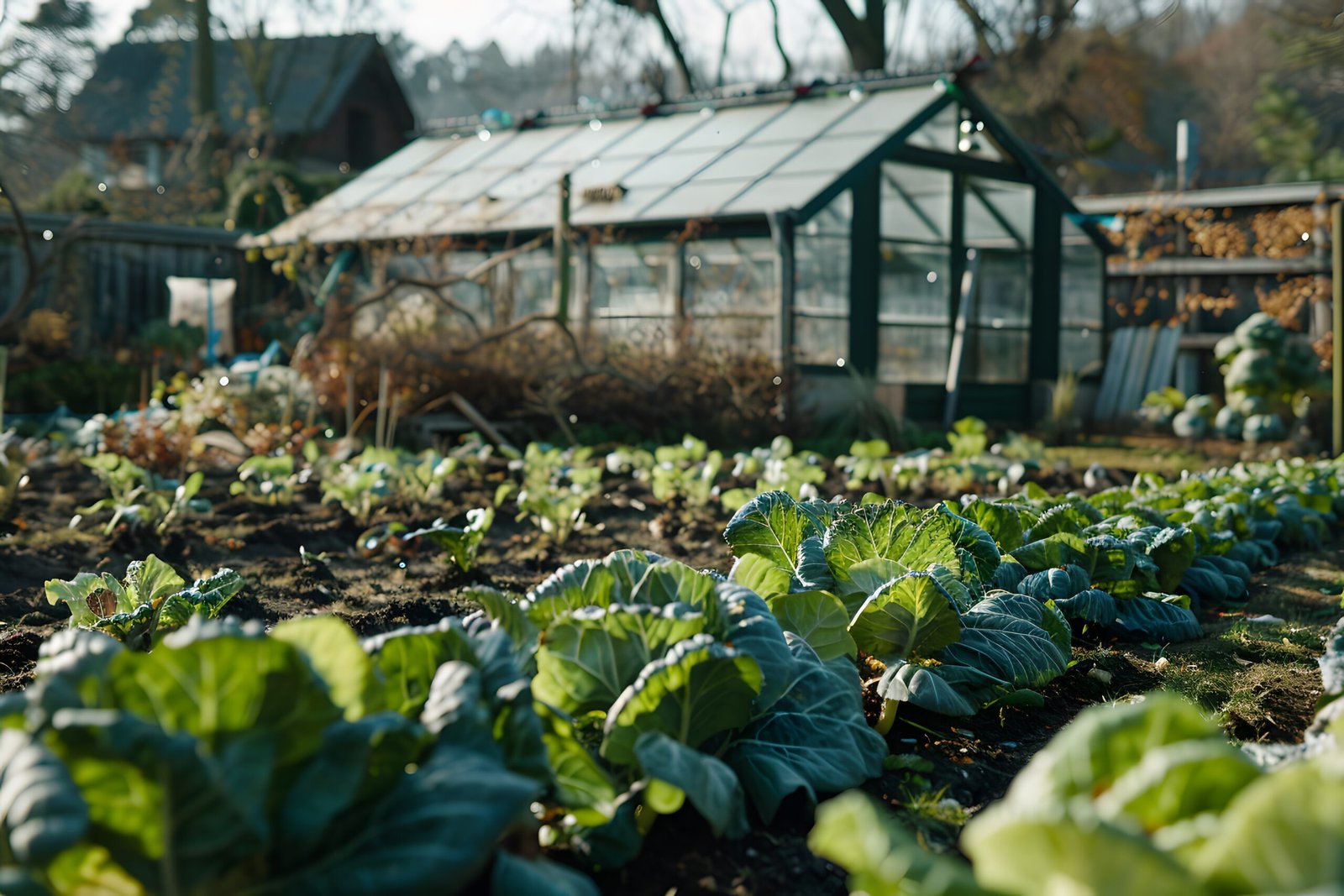
Litchi
₹2,600.00Add to cart
Urban farming is to the practice of cultivating, processing, and distributing food in or around urban areas. This can take many forms, including community gardens, rooftop gardens, vertical farms, and even hydroponic or aquaponic systems and wall planters

Increasing Food Access: Providing fresh produce to urban communities, particularly in food deserts.
Sustainability: Promoting environmentally friendly practices and reducing the carbon footprint associated with transporting food.
Community Building: Fostering social connections and community engagement through shared gardening efforts.
Education: Teaching residents about food production, healthy eating, and sustainable practices.
Overall, urban farming seeks to create a more resilient and self-sufficient food system within cities
Community Gardens
Community Farms
Commercial Farms
Institutional Farms & Gardens
Community gardens are usually what people think of when looking at the definition of urban agriculture. They are an excellent avenue for urban communities looking to beautify and enrich their neighborhoods. Generally, these garden plots are no bigger than a city lot (often abandoned underused spaces are prime candidates) and are run by local volunteers. Some municipalities may have programs for funding these efforts, but generally, their cultivation is not a paid endeavor.
While there are some fairly obvious benefits of converting an otherwise unused lot into a vibrant community garden, there are certainly challenges. Depending on the targeted lot, there may be zoning issues to navigate. Additionally, infrastructure like access to water may not be readily available. Soil quality is another issue, as urban pollutants can seep into groundwater and, in turn, hurt crop viability


Largely similar to community gardens, community farms feature the distinction of being operated by a non-profit organization. This means the management of these spaces is often carried out by both volunteers and paid overseers.
These mission-driven organizations often aim to develop community members’ appreciation for nature and will often feature educational programming for local youth. Like with community gardens, these spaces may have challenges with infrastructure, zoning, and pollution, as well as maintaining a steady base of volunteers.
As for-profit operations, commercial farms strive for efficiency and minimizing costs where possible. Commercial urban farms are much more likely to be found indoors and are likely to use vertical farming techniques to help maximize their use of space. With profitability top-of-mind, these spaces may seek to produce niche, comparatively expensive crops sought after by established businesses like local restaurants.
Commercial viability is a substantial challenge for these operations, and careful planning and marketing are needed to ensure what’s being grown either fits a hard-to-find need or can be sold at a competitive price.


Somewhat similar to community farms, institutional farms, and gardens are typically associated with a specific institution like churches, hospitals, schools, prisons, and more. While what’s grown in these spaces is certain to be put to good use, they’re often used for the enrichment and education of their respective institution members. These institutional farms and gardens will typically have a paid manager or overseer of the overall operation. They may have comparatively fewer infrastructure-related hurdles to contend with if the garden operates on their institution’s property.

₹2,600.00Add to cart

₹2,600.00Add to cart

₹3,000.00Add to cart

₹1,500.00Add to cart

₹1,250.00Add to cart

₹1,450.00Add to cart

₹1,500.00Add to cart

₹1,200.00Add to cart

₹1,400.00Add to cart

₹1,350.00Add to cart

₹1,500.00Add to cart

₹4,000.00Add to cart

₹1,250.00Add to cart

₹650.00Add to cart

₹1,200.00Add to cart

₹450.00Add to cart

₹450.00Add to cart

₹1,350.00Add to cart

₹1,350.00Add to cart

₹1,250.00Add to cart
The good news for anyone looking to get started with urban farming practices is that the barriers to entry are minimal. You’ll just need dirt, sunshine, water, and a positive roll-up-your-sleeves attitude to make significant headway. Here are some common options for how to become an (upstart) urban farmer:
While it might feel like a large undertaking at square one, this is one of the most fulfilling ways to get involved in urban farming. You’ll likely need to organize a group of interested volunteers within your community (be prepared to post flyers, knock on doors, set up online groups, etc.), start a planning committee, identify the resources you’ll need, secure a sponsor, find a viable location, and secure approval.
Community gardens are typically well-regarded by most municipalities, and your local government may be able to provide you with additional resources for getting started.
[gravityform id=”3″ title=”false” ajax=”true”]
Urban farming, also known as urban agriculture, involves growing food in urban areas. This can include rooftop gardens, vertical farms, community gardens, and other innovative solutions to grow crops and raise animals in cities.
Why is urban farming important?
Urban farming helps address food security, reduces the carbon footprint of food transportation, provides access to fresh produce, and promotes sustainability in cities.
What types of crops can be grown in urban farms?
Urban farms can grow a wide variety of crops, including vegetables (lettuce, tomatoes, peppers), herbs (basil, mint, parsley), and fruits (strawberries, small citrus trees). Some urban farms also grow mushrooms, microgreens, or even raise chickens for eggs.
What methods are used in urban farming?
Popular methods include:
Do I need a lot of space for urban farming?
No, urban farming can be done in small areas like balconies, rooftops, or patios using containers, raised beds, or vertical gardening techniques.
How much does it cost to start an urban farm?
The cost varies depending on the scale. A small container garden may cost a few hundred dollars, while larger projects like vertical farms can require a bigger investment.
Can urban farming be profitable?
Yes, urban farming can be profitable, especially with high-demand crops like microgreens or specialty herbs. Farms may sell directly to local markets, restaurants, or through subscription services like Community Supported Agriculture (CSA).
Is urban farming environmentally sustainable?
Yes, it reduces food transportation, minimizes waste, and often uses water-efficient systems like drip irrigation or hydroponics. Many urban farms use organic or regenerative farming practices.
What challenges do urban farmers face?
Common challenges include limited space, access to water, high startup costs for advanced systems, and local zoning regulations. Pests and urban pollution can also be concerns.
How can I get involved in urban farming?
You can start by growing food at home with containers or vertical gardens, or by joining local community gardens, attending workshops, or volunteering with urban farming organizations.
Do urban farms need special permits?
Depending on the city, permits may be required, especially for raising animals or building structures like greenhouses. Check local regulations before starting a project.
Vertical farming involves growing crops in stacked layers, often using hydroponics or aeroponics. It’s space-efficient and suitable for urban settings, providing year-round food production.
Can urban farms use organic practices?
Yes, many urban farmers choose organic methods, avoiding synthetic pesticides and fertilizers. Practices like composting, crop rotation, and natural pest control are commonly used.